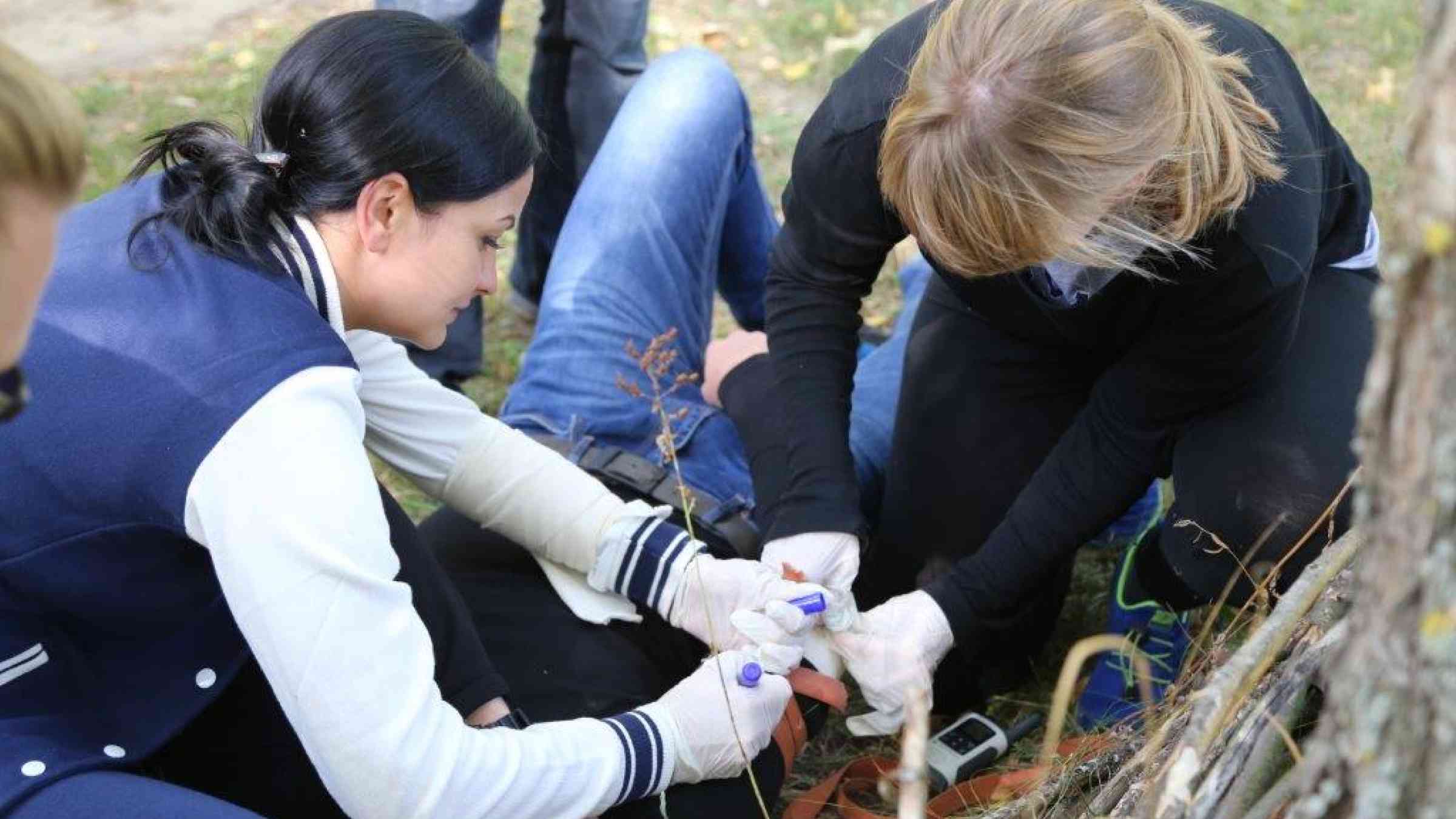Background
The urgency for inclusive and data-driven disaster risk reduction (DRR) has never been more pressing amid escalating disaster risks exacerbated by climate change. The Sendai Gender Action Plan, launched in March 2024, underscores the necessity to enhance the availability of disaggregated data. A particular emphasis is placed on sex-based disaggregation to deepen understanding and address the disproportionate impact of disasters on women and girls. This approach enables better-informed policymaking, implementation, and outcomes, mitigating gender-specific vulnerabilities and advancing gender equality in disaster risk reduction efforts.
This aligns with ongoing efforts by the Asia Disaster Preparedness Center (ADPC) and UNDRR, in collaboration with member States and stakeholders, to strengthen disaggregation in disaster statistics and reporting within the framework of the Sendai Framework. A key example is the online training course on the Sendai Framework Monitor, recently re-launched in six languages.
Consequently, this roundtable aims to catalyze political momentum and foster deeper insights into strategies for enhancing the collection, analysis, and utilization of disaggregated data on losses, damages, and disaster impacts. These efforts are essential for gender-responsive and well-informed disaster risk management, including robust systems for tracking losses and damages. The event provides a unique platform to examine current practices, methodological challenges, and opportunities in data disaggregation, thereby informing future DRR initiatives.
Objectives / Expected Results
• Emphasize the critical role of disaggregated data in shaping effective Disaster Risk Reduction (DRR) strategies through illustrative case studies and lessons learned.
• Discuss future-oriented actions for enhancing gender-responsive and inclusive DRR.
• Foster collaborative dialogue on integrating gender-sensitive data in Sendai Framework reporting.
Roundtable Proceedings
1. Keynote Address: Emphasizing the significance of disaggregated data in understanding and mitigating the disproportionate impacts of disasters on women, girls, and marginalized groups.
2. Inventory of Current Disaggregation: Highlighting regional experiences and best practices in integrating disaggregated data for policymakers and Sendai reporting. (aided by ppt)
3. Data-Driven Decision Making: Demonstrating the importance of disaggregated data in formulating inclusive and gender-responsive policies, guided by the Gender Action Plan and highlighting particular experiences.
4. Capacity Building: Enhancing the skills of senior technical officers, national statistical offices, and DRR stakeholders in effectively utilizing the Sendai Framework Monitor.
5. Intersectional Approach: Recognizing disparities in disaster impacts among different demographic groups, including women, persons with disabilities, children, older persons, and low-income communities.
6. Practical approaches: Country experience in data disaggregation: What works and What didn’t.
7. Inclusive Participation: Ensuring diverse participation and representation from all stakeholders to enhance decision-making processes in DRR.
8. Way Forward: Proposing strategies to revitalize engagement and enhance disaggregation in disaster data reporting and policy frameworks in the Asia-Pacific region.
Highlighting the multi-lingual support of the Sendai Framework Monitor Online Orientation Course
The introduction of multi-lingual support for the Sendai Framework Monitor Online Orientation Course signifies a major advancement in global disaster risk reduction efforts. By making the course available in all UN official languages, this initiative ensures that a wider audience can engage with and grasp the essential aspects of the Sendai Framework reporting process and the use of the Sendai Framework Monitor. This inclusiveness enhances learning and implementing disaster risk reduction strategies globally, empowering diverse communities to effectively contribute to building disaster resilience. To commemorate this introduction, we will prepare a short video showcasing the SFM Online Orientation Course, with a symbolic mouse click marking the official start of the course's multilingual support.

Agenda
Location
Philippine International Convention Center
